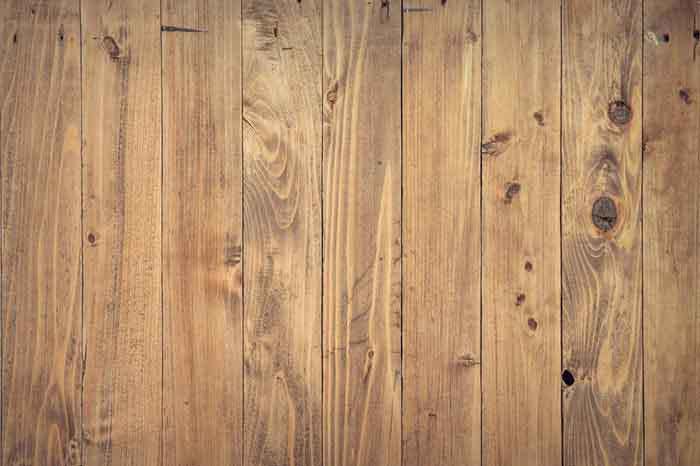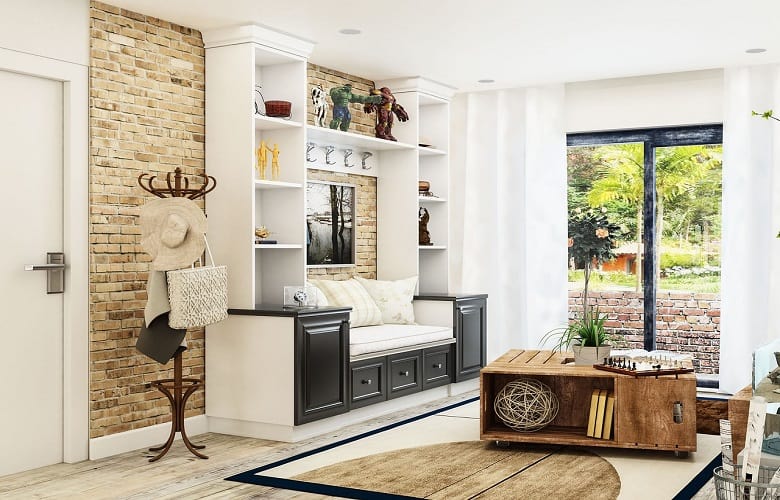Living in an apartment can be complicated and very stressful due to the proximity to the neighbors. There will always be conflicts over the noise, either because they can hear what you are doing or because you are listening to them. It is something that cannot be avoided due to space constraints, and it is worse if someone plays a musical instrument. Fortunately, today we teach you how to soundproof thin walls.
Many people think that building a soundproof apartment is an extremely expensive project, but the truth is that we can do an economic project that is just as effective.
Even thin-walled apartments can be converted so that they have a certain level of noise resistance. However, this means that several solutions are used.
However, before we explain the methods you can use to make your home soundproof, you should know the basics of sound to know how to deal with it.
A science lesson
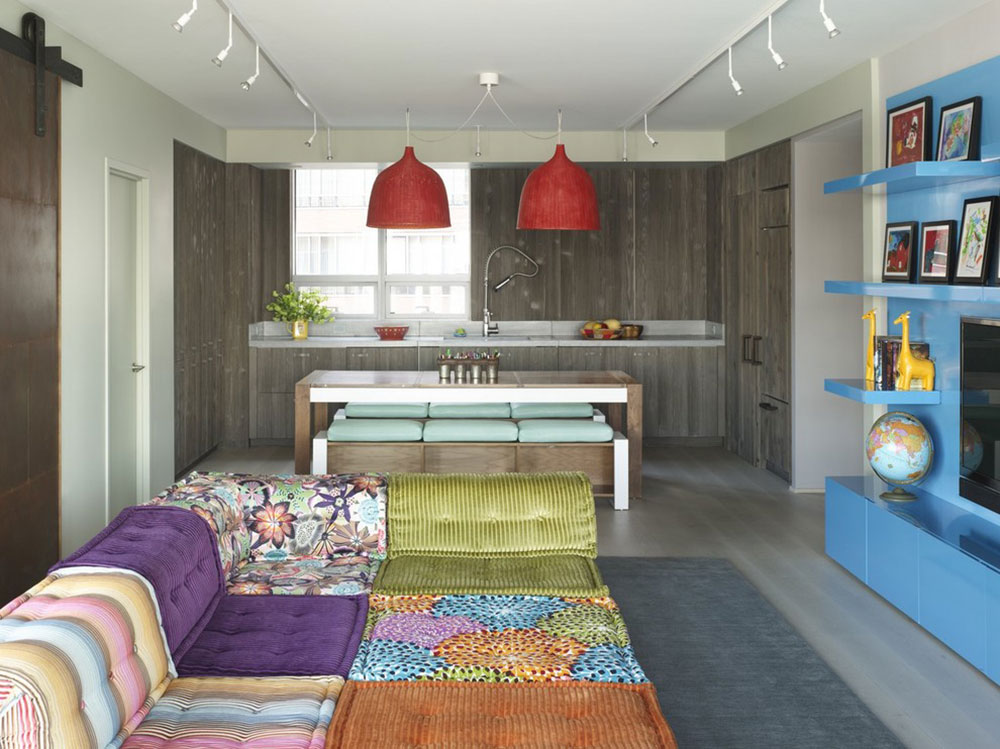
Image source: Built-in
If we know the origin of the sound, we can make the best decisions to make our home soundproof.
Generally, sound is a disturbance or vibration that is transmitted by means or material. These vibrations produce specific noises depending on the channel they use for transmission.
The most common transmission is by air, as it can vibrate with every movement until it reaches our ears. Sound can also travel through walls or solid materials, although it affects the air anyway so we can hear it.
No space of concrete dimensions needs to be transmitted for sound, and in some cases the environmental conditions affect the force with which it moves. Empty and wide spaces, for example, help generate echo as long as there is an air chamber in them.
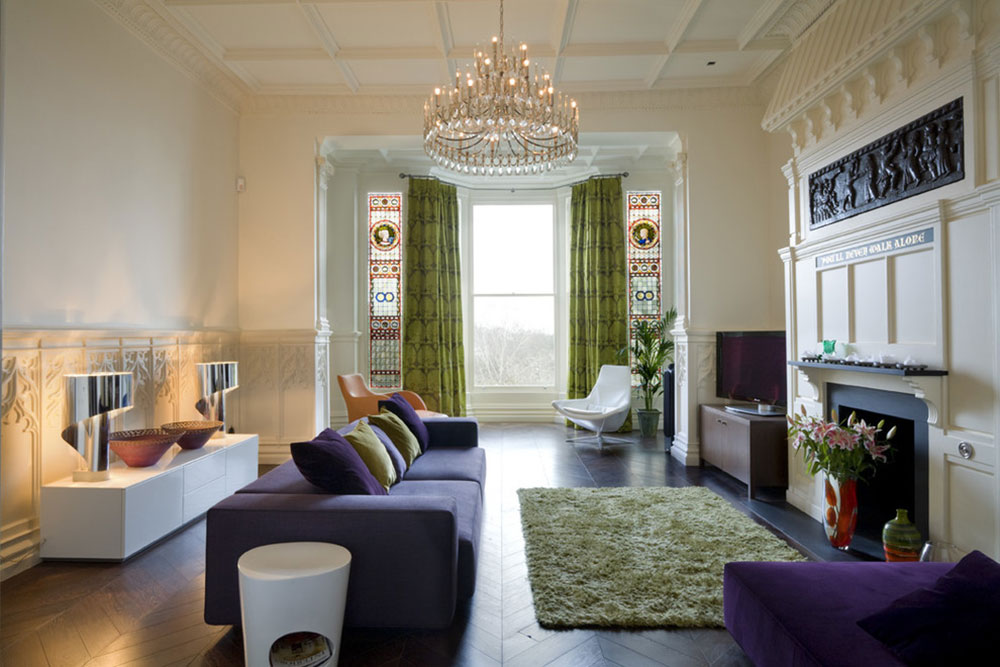 Image source: STEPHEN FLETCHER ARCHITECTS
Image source: STEPHEN FLETCHER ARCHITECTS
Another factor to consider is the type of sound. The low notes move more easily through solid objects, while the high notes are best transmitted in the air. Although in reality the sounds that disturb our rest mix both types.
Now that we know where the sound is going, we can search our house for the culprits of our noise problem.
It is important to know whether noise is coming through a wall, window, door, or other place to decide how to fix it. This knowledge ultimately helps us to consider how much budget we are using and whether we choose portable or permanent mechanisms.
May your efforts focus on the walls
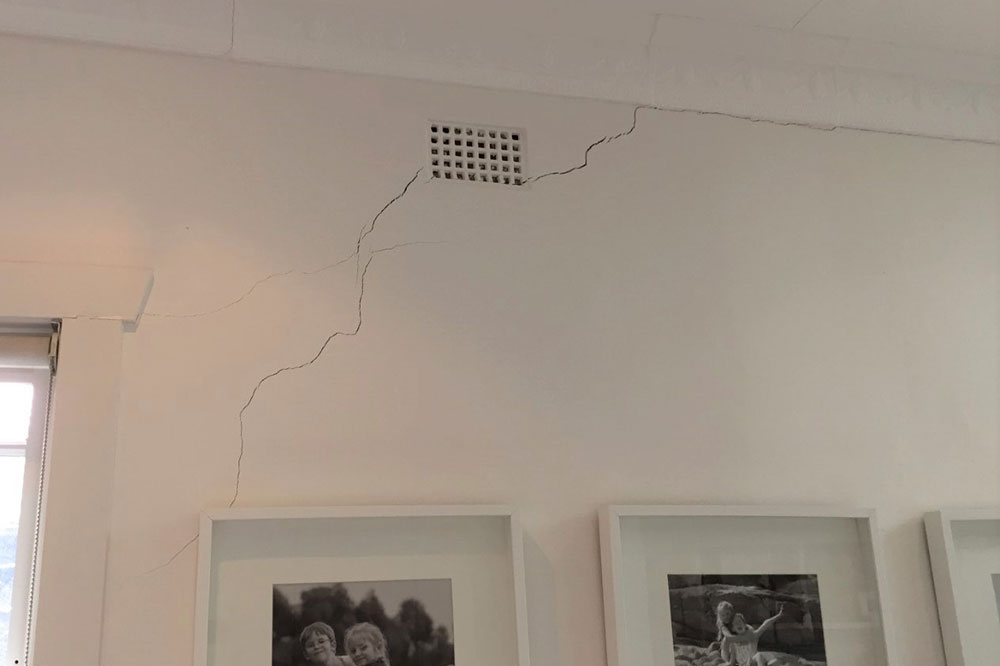
Having thin walls in an apartment is a difficult situation when we are looking for a place where we can recover from the noise. So we should pay attention to them if we want to soundproof our house.
The first is to try to identify the weak spots that the walls can have. Because they are thin, the coating is sensitive to breakage. However, this problem is only the one that stands out.
Another shortcoming that they may have is that the water pipes make a lot of noise when they are used, a noise that is amplified when the wall is hollow.
When inspecting, consider whether your walls are made of dense material that can withstand shocks. If not, look for cracks as these can be the main cause of the noise. The good thing is that small cracks can be easily repaired with some sealant.
How to soundproof thin apartment walls with cheap methods
Acoustic foam – the basic option
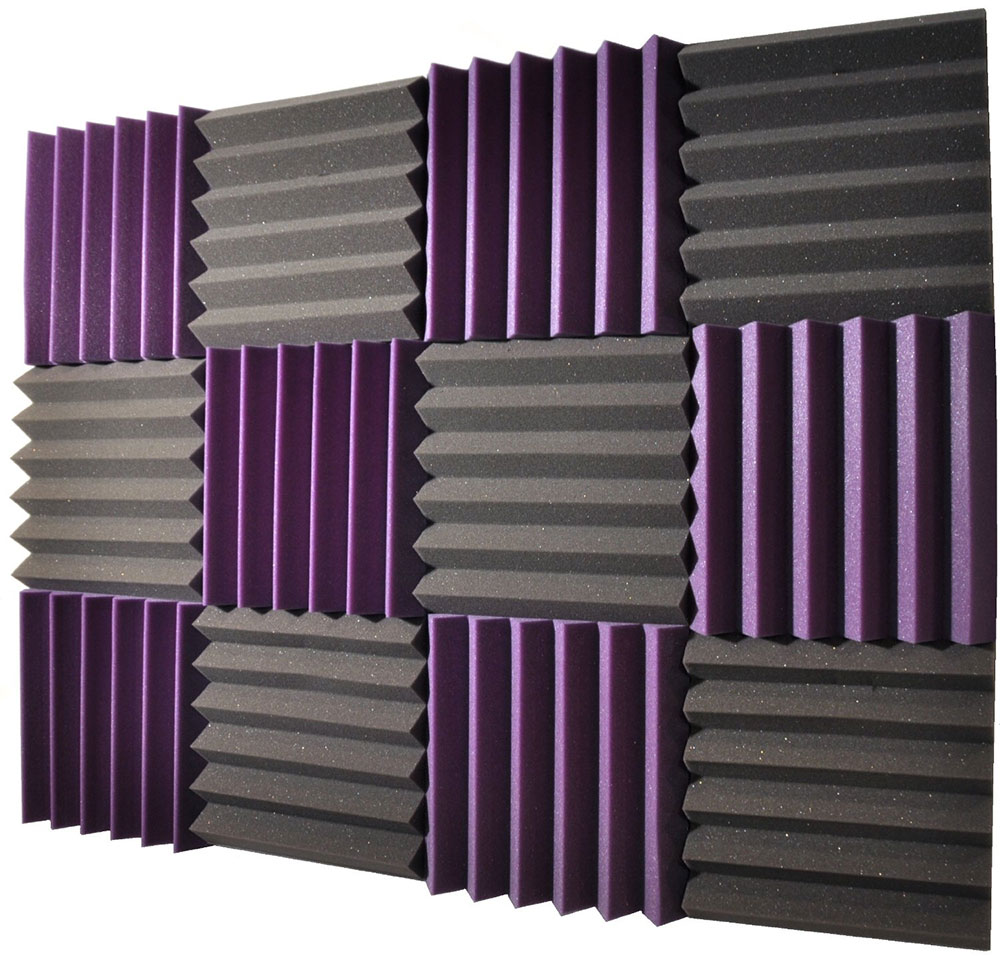
If you’ve ever seen the walls of a sound cabin, you may have noticed that they have a foam coating with pointed shapes. This is because soft materials absorb sound better and prevent bouncing.
The acoustic foam has the advantage that it can create a variety of designs to adapt it to our home and cut it to our liking. This is the basic option with greater effectiveness against the noise that we can get in the market.
We not only prevent the sound from leaving our rooms, we also cannot enter from outside.
For best results, you can buy acoustic foam with a wooden frame that’s already prepared to get the best result and easy to install.
Keep in mind that you will need some additional elements such as spray glue or hook and loop strips so that this foam sticks to the walls.
Soundproof ceilings
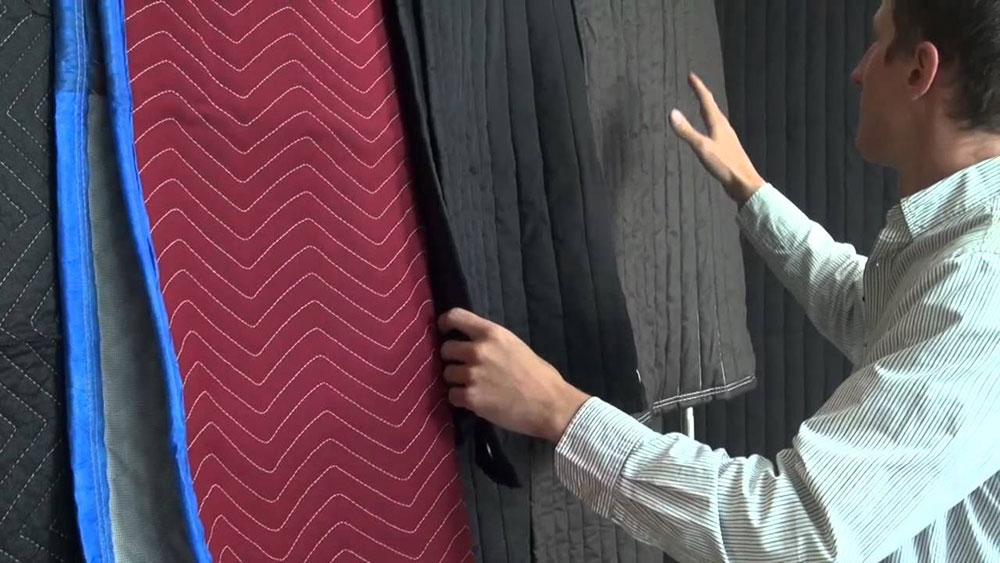
If we don’t want to use the foam, we can always install a series of ceilings made for sound absorption.
The disadvantage of these ceilings is that they are heavy, so we have to attach them very well to the wall, otherwise they could fall.
There are ceilings with eyelets and eyelets that make installation much easier, especially if we have no experience with construction.
Reduce noise and bumps with vinyl
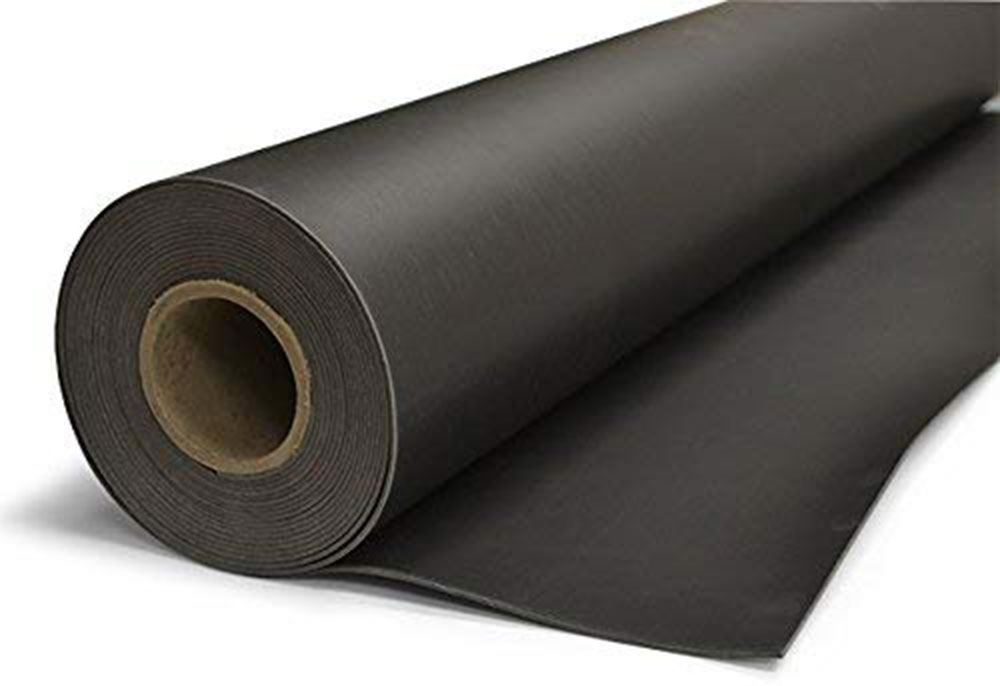
You can soundproof an apartment with mass-loaded vinyl mats. Although they are designed to reduce bumps on walls and floors, they also prevent sudden vibrations that transmit loud noises.
We do not have to use special types of vinyl to apply this method. Almost any rubber or high density material can be applied to our walls to reduce the amount of sound that can pass through them.
Because it is a thick material, this type of blanket also helps to maintain the temperature of our homes on cold days.
The color acts as an insulating layer
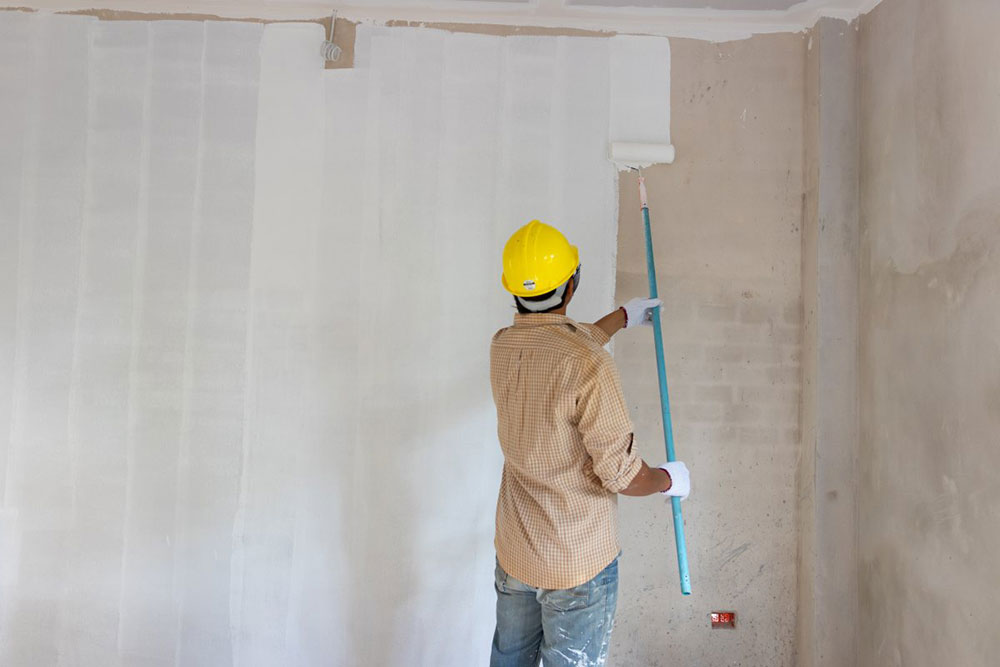
It may seem absurd, but a coat of paint could be all we need to reduce the noise in our home.
There are special colors with which the acoustic effects on our walls can be reduced somewhat. The thicker the layer, the greater the insulation effects.
However, painting is not a substitute for the previous methods. This is only useful when the noise we want to eliminate is lower in volume, e.g. B. a conversation between people. If we need to soundproof against more intense sound sources, the painting is only an unnecessary effort if we decide to use it.
Insulating foam has many functions
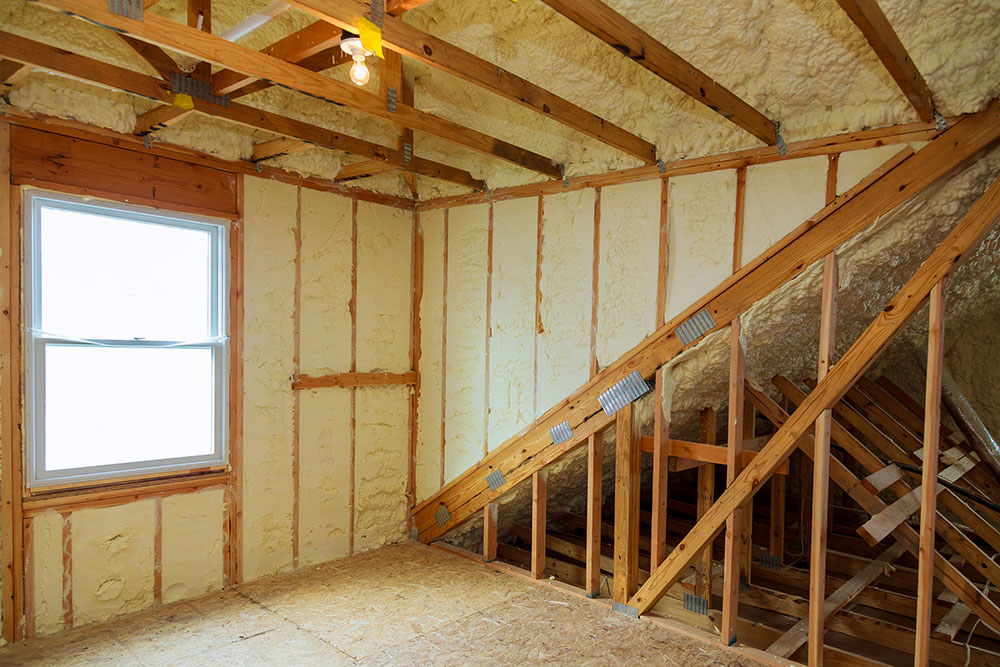
It doesn’t matter that its main goal is to create a thermal barrier coating, since this foam is much more versatile than it seems.
In general, we can use it as a replacement for acoustic foam, and the results will be similar. The biggest difference between them is that insulating foam can be picked up with closed or open cells.
If you fill the walls with a layer of insulating foam during the construction of the building, even the thinnest walls will feel tough and impenetrable. It can also be applied during the remodeling, although the process involves removing the wall to be able to use it behind.
The last alternative is to spray this foam directly onto the wall surface, although it may not be very aesthetic.
Create invisible walls with curtains
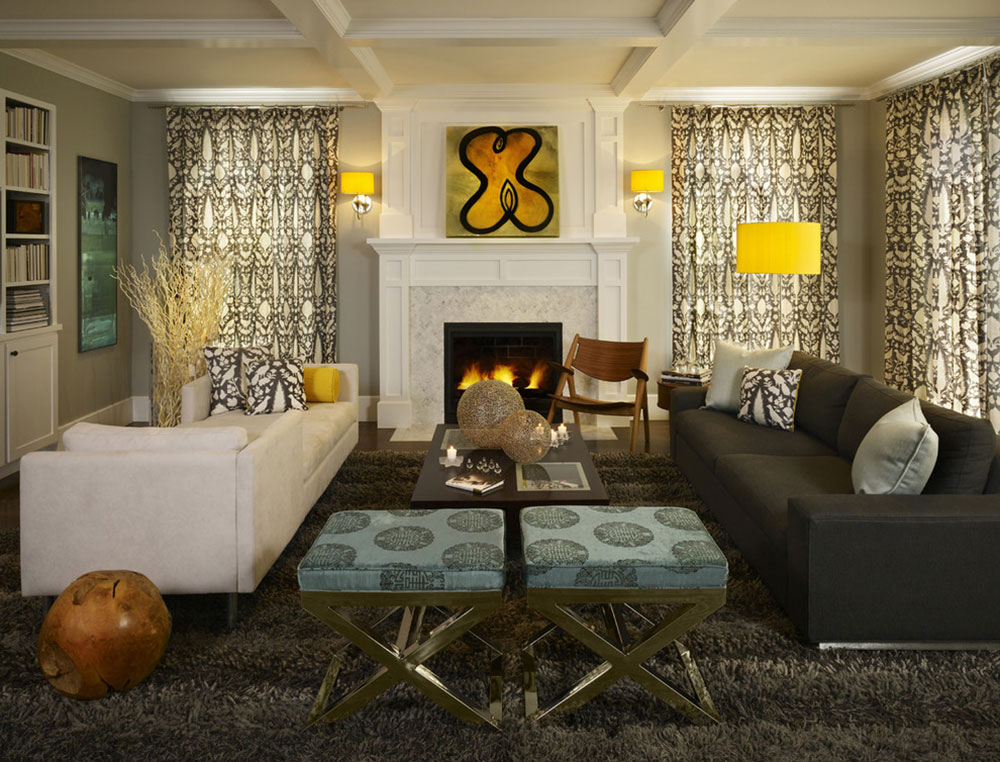 Image source: Andrea Schumacher Interiors
Image source: Andrea Schumacher Interiors
How can you soundproof walls of thin walls without people noticing? Simply use curtains as if they were part of the room decoration.
This method works very well on the walls that are shared between the houses. create a barrier that looks natural with the rest of our house. The good thing about curtains is that the amount of materials available on the market is immense and each material has a different effectiveness when it comes to protecting us from noise.
You can also use a thick and heavy material curtain if you want to be more drastic in reducing noise emissions, although you need to install it very well so it doesn’t fall off.
Recommendations of the carpet and carpet institute
 Image source: Dwayne Bergmann LLC
Image source: Dwayne Bergmann LLC
The name of the organization gives us an indication of the advice they will give us. They encourage the use of soft carpets to reduce the noise that penetrates through wooden, ceramic and acrylic floors.
If, despite this method, you still feel the vibrations of the floor that are interfering with your life, add an extra mat under your main carpet.
Fill the rooms with furniture
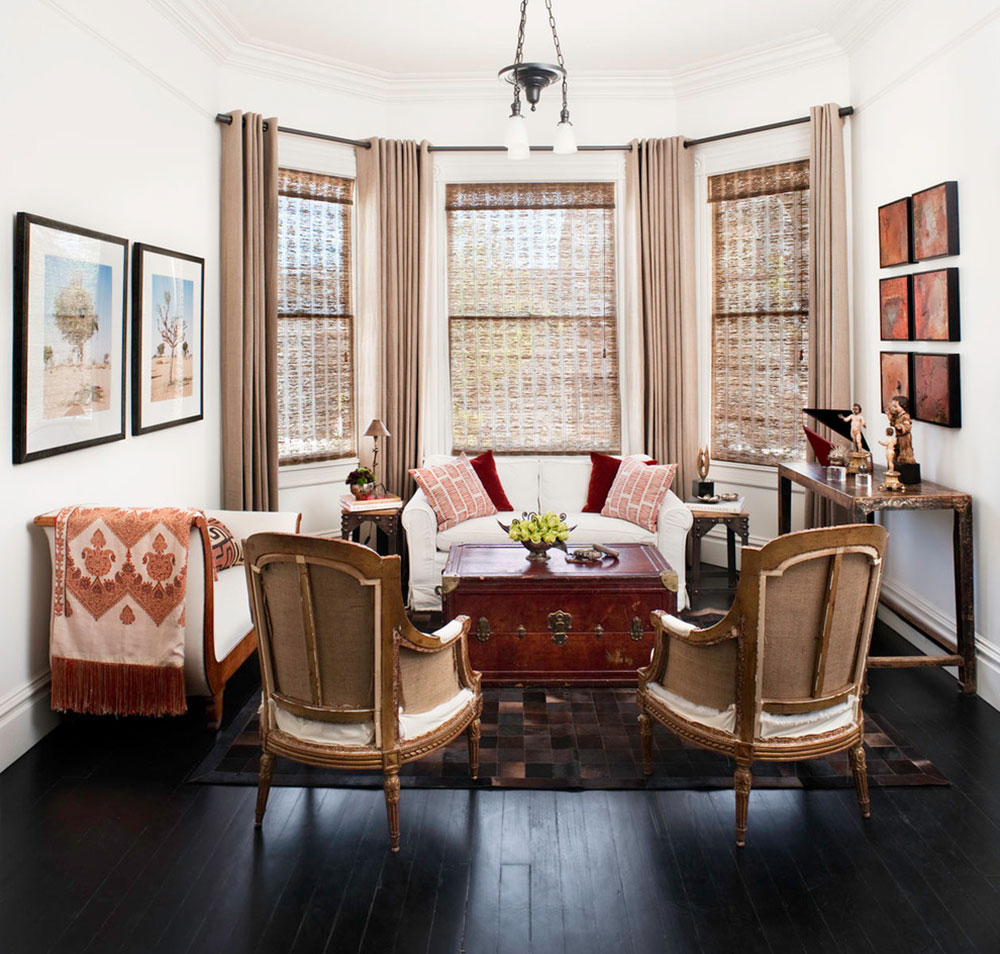 Image source: Antonio Martin’s interior design
Image source: Antonio Martin’s interior design
As mentioned at the beginning, large rooms with empty areas are perfect for echoes. If we want to avoid this, it is best to fill the rooms with furniture.
Although theoretically all types of furniture work to prevent sound bouncing back, some are much better at this task due to the building material and shape they have.
Those made of solid wood and with sufficiently dense elements, such as. B. libraries, maintain the sound easily. However, if you place the furniture near the walls, make sure that there are not enough clearances to create air mattresses. Otherwise, the noise can be amplified rather than reduced.
Soundproof plasterboard
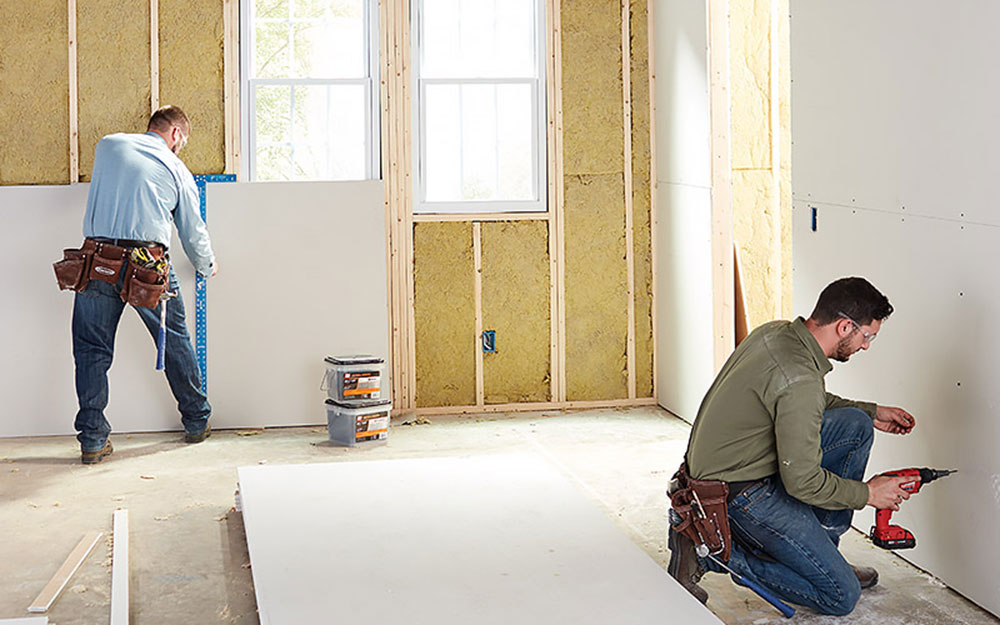
Another method of soundproofing, which is better during the construction of the house, is to use drywall panels that are divided into several layers and between which there are panels made of different materials.
Some of the most common are metal, ceramic and acrylic. The combination of all layers makes drywalling an effective means of reducing noise in residential buildings.
A rigid material between two plaster plates reduces the flexibility of the wall, which leads to a higher resistance to vibrations and thus to a lower sound transmission.
Combat noise with noise
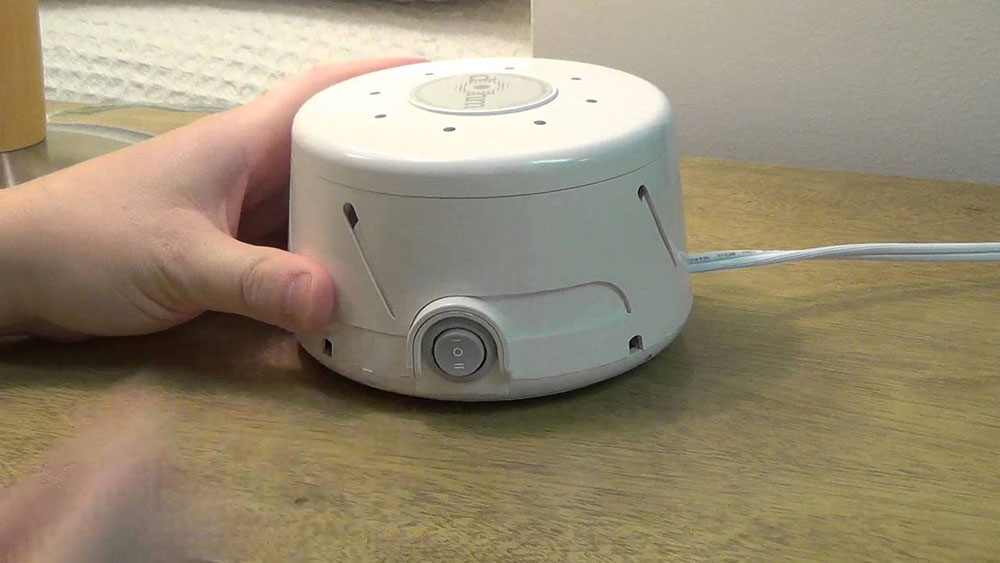
The last and perhaps most practical option is to purchase a machine with white noise that is responsible for camouflaging ambient noise with a sound that is more bearable for you.
This is one way to draw our attention to a less distracting sound for our rest, and it could hide the sounds that come from your home, although there will always be sounds in the end.
Final thoughts on how to soundproof thin walls
Now that we know how to soundproof thin walls, we need to be sure that what we’re doing is ideal before we apply our new knowledge. The walls are not the only ones where sound can spread. The floor, ceiling, windows and doors are also key elements.
Before you rebuild the walls, you should check whether the problem is in the doors and windows, as they are holes that are often not sufficiently insulated.
Also keep in mind that if the property is not yours, you will need to ask the owner for permission before making any changes.
 TopsDecor.com Home Decor Ideas
TopsDecor.com Home Decor Ideas

